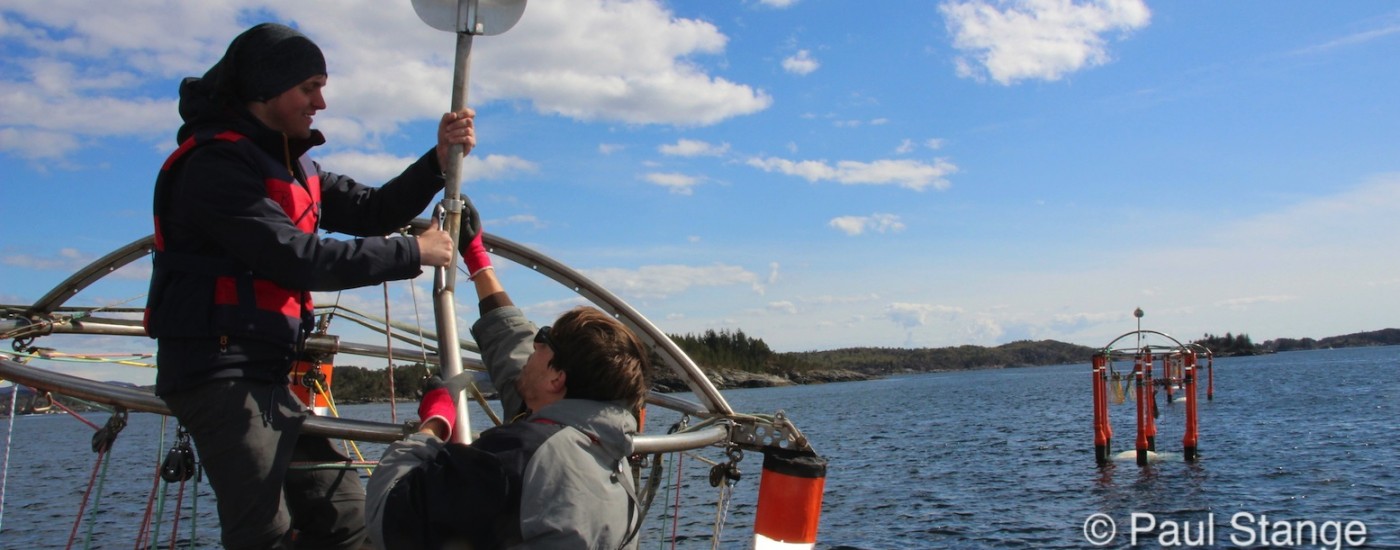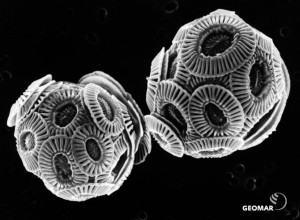It hasn’t been long since we packed our things on the Canary Islands and shipped our KOSMOS mesocosms back to Kiel. Still, not even 5 months later we return to Bergen (Norway) for the next big mesocosm study.
There is good reason for coming back, even though we were here just 4 years ago. It’s not the friendly people or wonderful station that made us return – although both would be reason enough – nor is it the Bergen weather, that is for sure. The reason is an incredible scientific opportunity that arose from our last experiment here and the follow-up work in Kiel.
As you might already know, our KOSMOS mesocosms give us the unique possibility to look at the effects of future ocean conditions on the community level of marine plankton. In a very large volume of approx. 58 thousand litres of enclosed water, we can see whether the effects you see in the lab hold true in the natural environment. Namely, an organism that copes quite well with acidified seawater in the lab might have no chance to compete in the field.
Here in Bergen we have an opportunity, that if successful, could have a huge impact on climate science. It all started a few years back, when we isolated a special algae in the very same spot we have returned to now. This small calcifying algae has become what we call a “lab rat” for oceanographers, dealing with ocean acidification. I am talking about Emiliania huxleyi, a very small planktonic algae that belongs to the coccolithophores.
For a long time, this small fellow has been considered especially vulnerable to ocean acidification – driven by mankind’s carbon emissions – due to it’s calcareous shells. However, most lab studys share two big drawbacks, they lack in complexity and time. A fellow researcher at GEOMAR demonstrated that quite impressingly, showing that if you give these small algae enough time – i.e more than a thousand generations over a few years – they actually adapt to these believed to be toxic conditions.
That solves the time problem of lab studies. But also his study lacks complexity. What if this adapted algae can perform well under acidic conditions by itself, but as soon as it competes with a whole bunch of other planktonic organisms it might just loose the fight.
This is where our KOSMOS platform comes in quite handy. We plan to bring the twins back together, namely the unadapted guys in the field and their adapted counterpart. The only thing that seperates them from one another is the conditions they grew in.
Who will do better, who will win? Find out by following the updates on this page.

